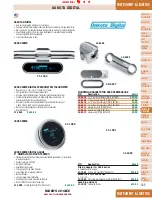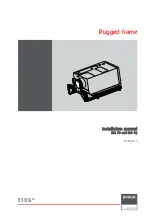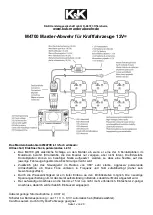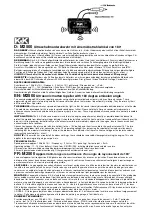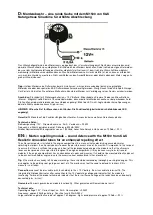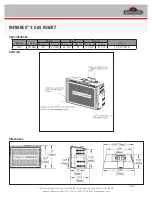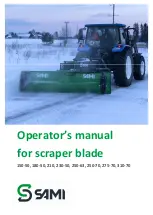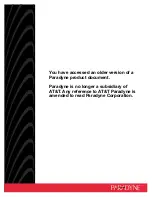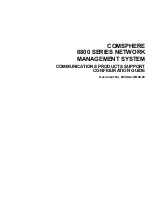
-17-
v6.3
Waspmote Plug & Sense! - Encapsulated Line
Over the Air Programming is also possible once the node has been installed. With this technique you can reprogram wirelessly
one or more Waspmote sensor nodes at the same time by using a laptop and the Waspmote Gateway.
Figure: Typical OTAP process
2.1.5. Radio Interfaces
Model
Protocol
Frequency
txPower
Sensitivity
Range *
XBee-802.15.4-Pro
802.15.4
2.4GHz
100mW
-100dBm
7000m
XBee-ZB-Pro
ZigBee-Pro
2.4GHz
50mW
-102dBm
7000m
XBee-868
RF
868MHz
315mW
-112dBm
12km
XBee-900
RF
900MHz
50mW
-100dBm
10Km
LoRaWAN
LoRaWAN
868, 900 and 433 MHz
bands
up to 18.5 dBm
-136dBm
- km - Typical
base station
range
LoRa
RF
868 and 900 MHz
14 dBm
-137dBm
21+Km
Sigfox
Sigfox
868MHz
14 dBm
-126dBm
- km - Typical
base station
range
WiFi
802.11b/g
2.4GHz
0dBm - 12dBm
-83dBm
50m-500m
GPRS Pro and GPRS+GPS -
850MHz/900MHz/
1800MHz/1900MHz
2W(Class4) 850MHz/900MHz,
1W(Class1) 1800MHz/1900MHz
-109dBm
- Km - Typical
carrier range
3G/GPRS
-
Europe version: Dual-
band UMTS, tri-band
GSM/GPRS/EDGE
America/Australia
version: Dual-Band:
UMTS, quad-Band GSM/
GPRS/EDGE
UMTS 0.25 W,
GSM 2 W,
DCS/PCS 1 W
-106dBm
- Km - Typical
carrier range
Bluetooth Low Energy
Bluetooth v.4.0 /
Bluetooth Smart 2.4GHz
3dBm
-103dBm
100m
* Line of sight, Fresnel zone clearance and 5dBi dipole antenna.
































